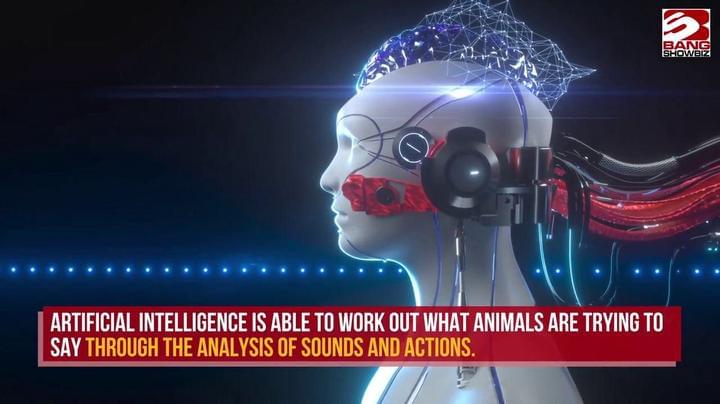Year 2016 This is a simple set up for running an electric engine without wires with a tesla coil.
This is a small demonstration showing how Tesla’s wireless technology can run motors and other various devices. Although the setup is only using about 500–600 ma, the results are dependable up to about three feet from the transmitter.
John.
This is a schematic of the experiment. Almost any small npn and pnp transistors will work for the motor driver circuits which are full wave on the top and a half wave on the bottom diagram. these are typical but slightly simplified John Bedini circuits or class A or B amplifier circuits.
https://drive.google.com/file/d/0BwK5yJUfMl9GZkRkYzE4T2tkWkk…nC3BraLaPw






